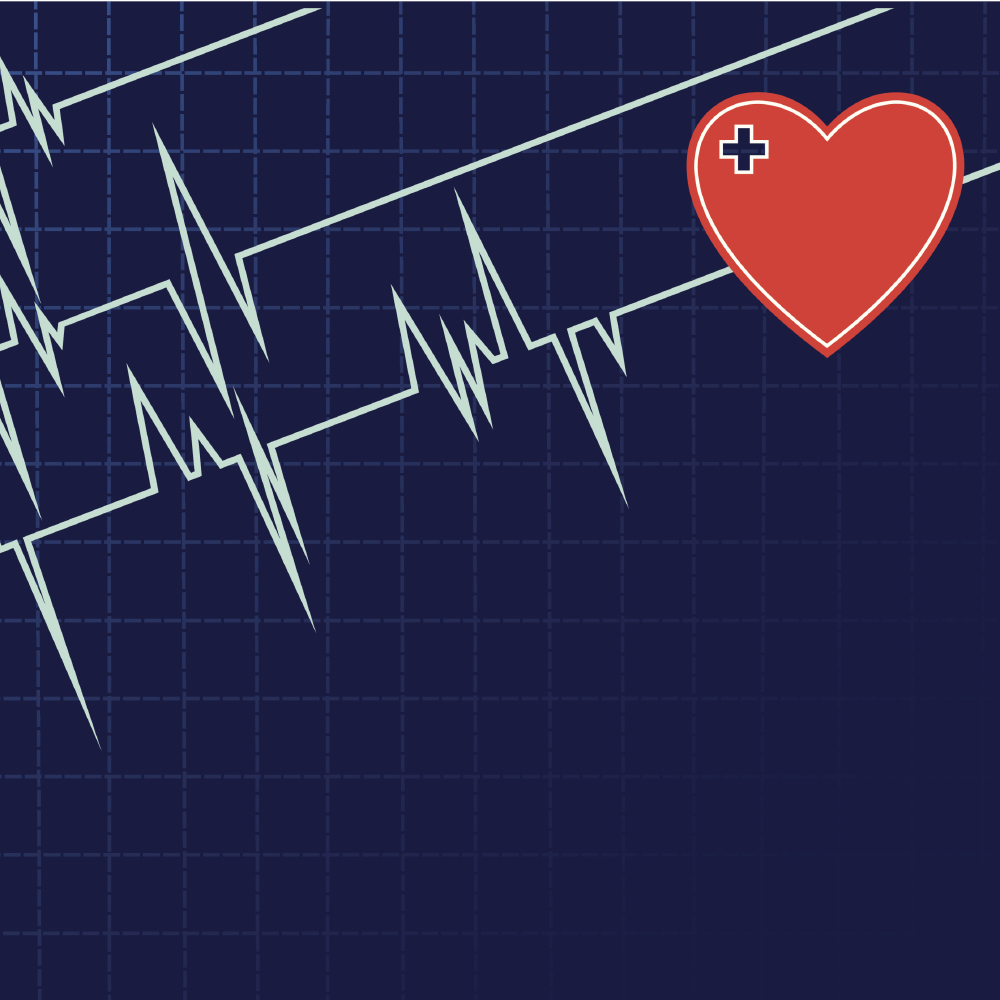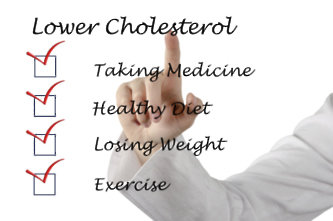
Keep your heart healthy with these tips
By eating healthily and exercising regularly we are able to manage the level of cholesterol in our blood.
We need cholesterol in our bodies to help form hormones and tissues, protect nerves and aid digestion. However too much bad cholesterol, ‘LDL’ (low-density lipoprotein), and not enough good cholesterol, ‘HDL’ (high-density lipoprotein), can lead to the development of heart disease or a stroke.
Lovisa Nilsson, nutritionist at health and fitness app, Lifesum, gives her top tips below on how to keep control of your cholesterol levels and combat the effects of harmful fats.
You will soon realise that making these minor changes is easy and, if maintained along with a healthy lifestyle, will have a serious impact on your health and wellbeing, especially as you get older.

Superfruits:
Following recent nutritional studies, several fruits have been labelled ‘superfoods’ due to their ability to combat harmful fats and reduce bad cholesterol. For instance, it was recently revealed that strawberries have the ability to reduce LDL, the harmful form of cholesterol, by nearly 14%, according to research carried out by Università Politecnica Delle Marche in Italy. Meanwhile, levels of the good cholesterol, HDL, which has a healthy effect on arteries, were unchanged. The Scandinavian lingonberry was also proven to combat the effects of a high fat diet by boosting the levels of the good cholesterol in the body.
Unsaturated fats:
Consuming omega-3 essential fatty acids, found in unsaturated fats, will help to lower the levels of bad cholesterol in the blood. Unsaturated fats include oily fish, nuts and seeds, ground flax seeds, olive oil and certain vegetables and fruits such as avocado. Alternatively foods that are high in saturated fats, such a lard, hard cheese and red meat, are renowned for increasing bad cholesterol levels in the blood. I recommend eating lean meat rather than processed and red meats.
Fibre:
Beans, pulses, vegetables, cereal and whole grain breads all have a high fermentable fibre content and are therefore difficult for the gut to digest so they attach to bad cholesterol and then remove it from the body via waste. It is pretty easy to add fibre to your diet; just try swapping white bread for whole grain bread that is high in fibre or add an extra portion of vegetables such as broccoli or kale to your meal.
Red wine:
Surprisingly several studies have found that red wine can boost HDL cholesterol levels, if drank moderately as part of a healthy diet and lifestyle. Red wine contains a plant compound called saponin which blocks the body’s absorption of bad cholesterol, LDL. This news is not an excuse to drink large quantities of red wine and I do not recommend adding red wine to your diet purely for health reasons since alcohol consumption can lead to further health complications such as high blood pressure and liver disease. What’s more, wine often has a high calorie content. That being said, this news is great for those who are partial to a glass of red wine in the evening.
Plant stanols and sterols:
Plant stanols and sterols block the absorption of cholesterol found in food which is then excreted as waste. They are added to various food and drink products known as ‘smart foods’ such as yoghurt shots and certain margarines. In order to get the full effect it is best to consume the plant sterol product alongside the biggest meal of the day. The easiest way of reaching the recommended daily allowance of 2g is to drink one yoghurt shot with your largest meal daily. According to the Harvard Medical School, 2g of plant sterols or stanols a day can lower cholesterol by about 10%.
Get active:
Exercise can help manage cholesterol for a number of reasons. Firstly, being overweight tends to increase the amount of LDL in our blood and exercise is a great way to shed those unwanted pounds. Secondly, exercise stimulates enzymes that help move bad cholesterol, LDL, from the blood to the liver and from there the cholesterol is excreted through waste. Thirdly, exercise increases the size of protein particles that carry cholesterol through the blood; this is beneficial because the smaller particles can squeeze into the linings of the heart and blood vessels, causing long term damage.
It can be hard to find the time to exercise during the working week so walking, as part of your commute or during your lunch break, is a great way to incorporate exercise into your daily routine. It’s also a common myth that to be healthy you have to be a member of a gym. Joining a gym does not suit everyone’s lifestyle or bank balance. If you are more of an outdoor body, interested in creative ways to exercise, then why not look for an activity that you really enjoy? Running is still considered one of the most exciting and affordable ways to stay fit. Or you could take up a new hobby that will help you shed the unwanted pounds, why not rally up a group of friends and go to a dance class or join a local sports team?
Lovisa Nilsson is the in-house nutritionist at Lifesum (www.lifesum.com), Scandinavia’s leading health and fitness app that recently launched in the UK. The app helps users to reach their weight and nutritional goals through a personalised plan.
Tagged in Heart Health Cholesterol Healthy Heart Heart Health

